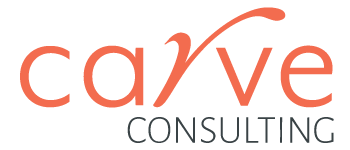Automation of the recruitment process has been happening for years – from candidate databases, LinkedIn, job boards, and even the humble email allowed a level of automation and filtering of job applications. There has been an increased offering of automation tools available to recruiters and HR over recent years, and the pandemic effect has increased the number of organisations adopting them. This trend is here to stay! Once automation is adopted by end users, it just gets enhanced, but never rolled back.
The impact for anyone applying for advertised positions? You have to write your application with an ATS (Applicant Tracking System) approach.
But what about all my experience, why can’t they see the value I could bring? The recruitment process is broken, if I could just have a conversation with someone, I know they’d hire me. I can’t believe I didn’t get an interview, I could do that job.
All good points, except it doesn’t matter, because the people managing the recruitment process simply don’t have time. In the current candidate driven environment (more jobs than skilled candidates), organisations are under pressure to hire skilled people to deliver to customers and share the load for existing employees. While a hiring manager may have a person in mind they want to hire – imaging their ideal mix of qualities and experience – the reality is they need to hire the closest fit to their job description, in the shortest amount of time.
Under that pressure, internal and external recruiters are looking for ways to save time and energy. The stage of the recruitment process where that saving is made is by reducing time reading resumes, allowing more time spent in the human part of the process, interviewing people and making hiring decisions. Even if you’ve got amazing skills, if a recruiter or hiring manager has to read into the details and connect the dots of your experience, the less the likelihood of you being called for an interview.
Our advice… the easier you make it for an organisation to hire you by aligning your experience with their priorities, the greater your chances. Your resume and covering letter are the main application documents. Using an ATS approach will help get you through the first filter.
Want to know how to get through the filters? Visit our article on how to write an ATS tailored application.

